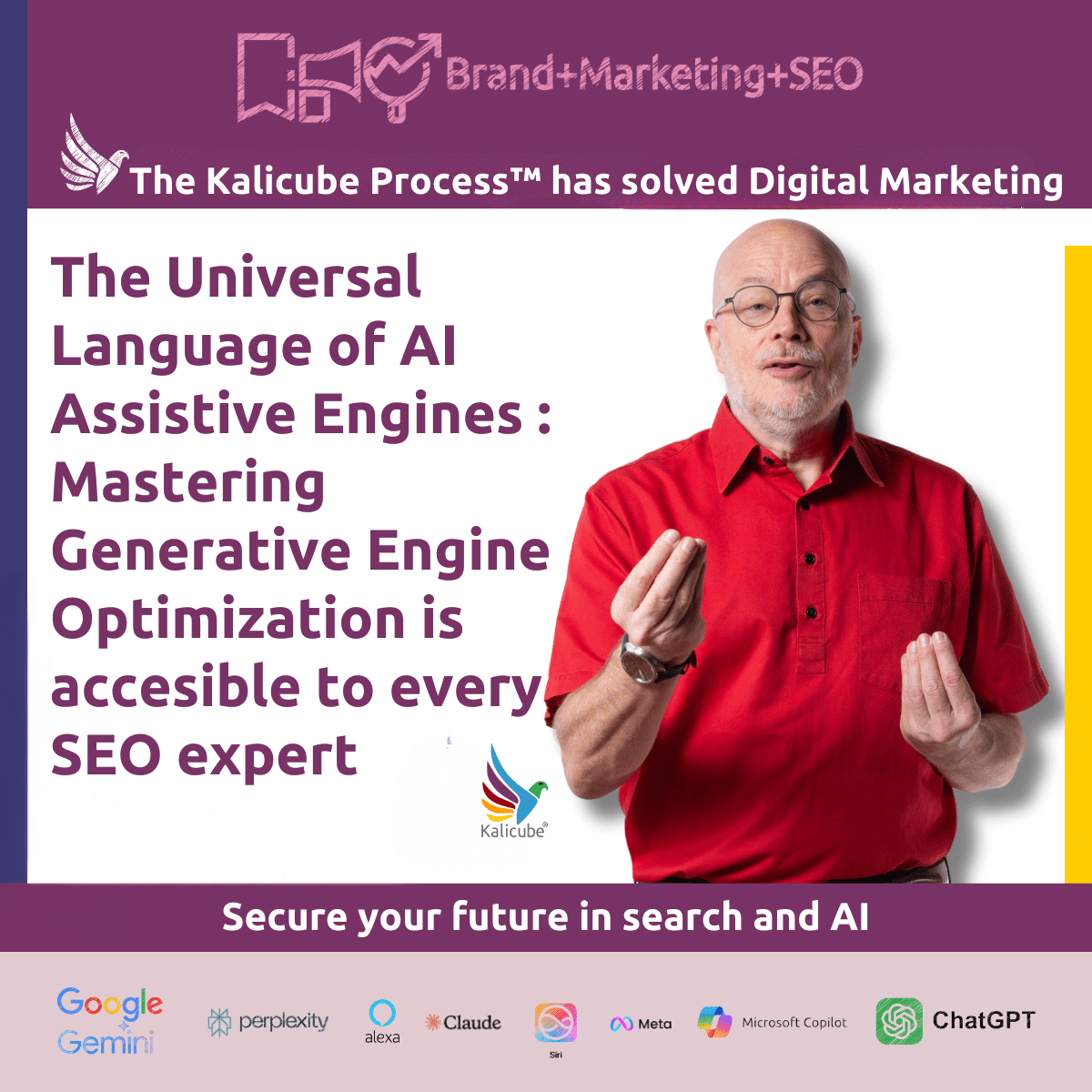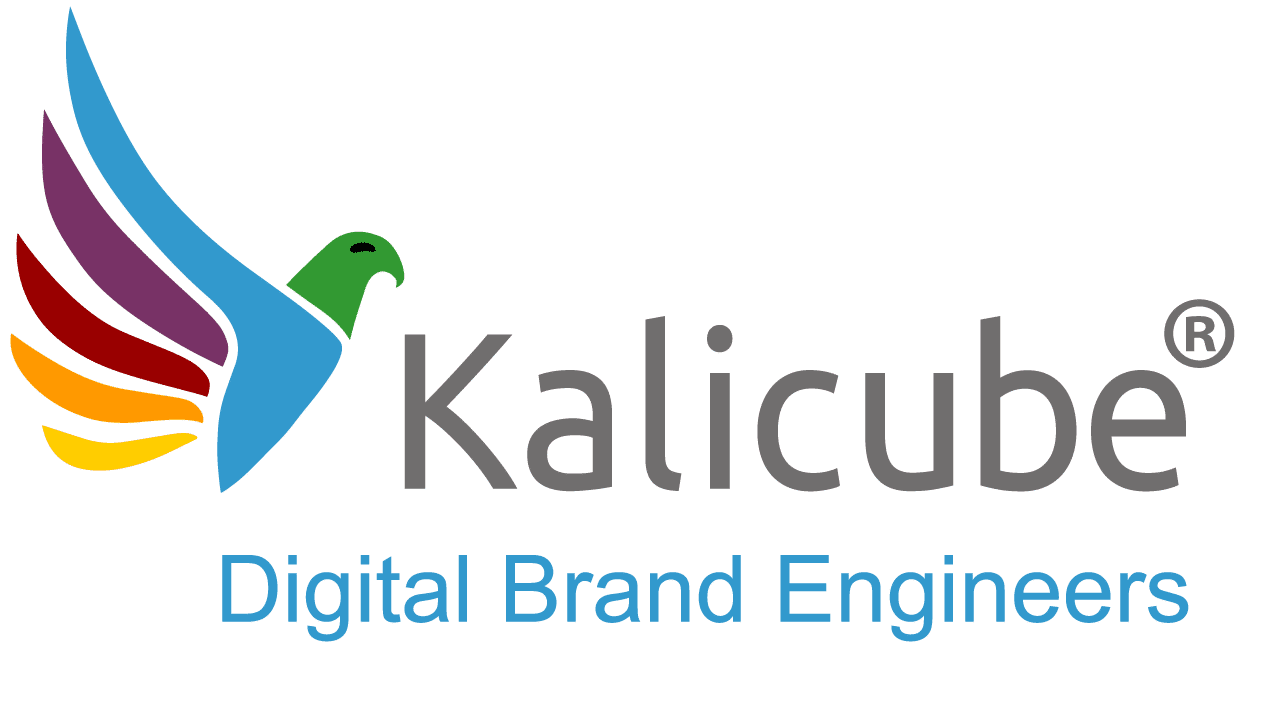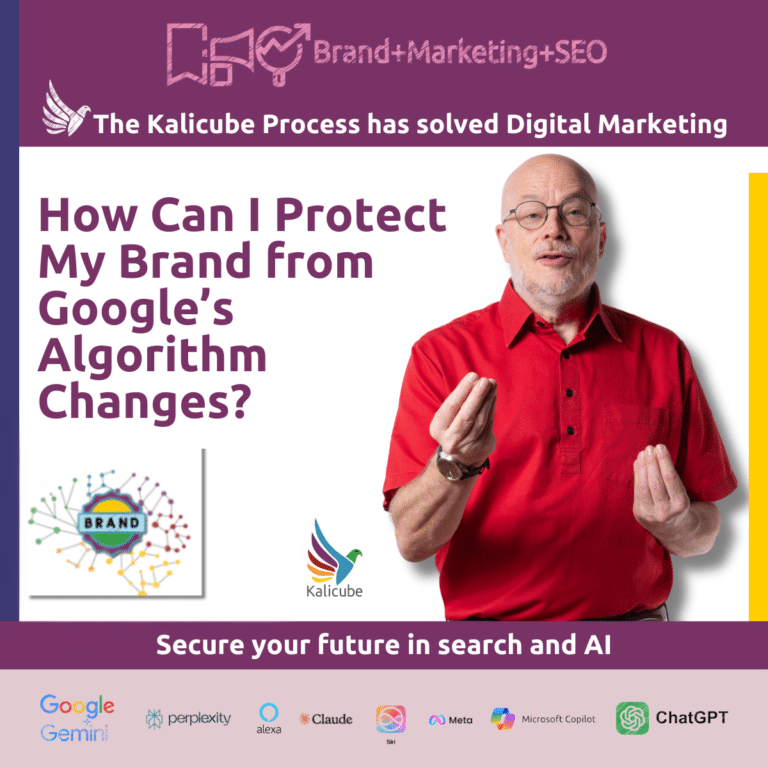The Universal Language of AI Assistive Engines : mastering Generative Engine Optimization is accesible to every SEO expert

“Barnard’s central thesis - that the Knowledge Graph, Large Language Models (LLMs), and the Web Index all “speak” a conceptual graph language of nodes, attributes, and relationships - is both accurate and profoundly insightful.” - ChatGPT’s assessment of this approach
For over a decade, I’ve watched brilliant entrepreneurs and companies lose deals for one invisible reason: an algorithm got their story wrong.
The point they miss with traditional SEO: AI has a universal language that isn’t links and keywords.
The good news is, that language is surprisingly simple and we all speak that language. It’s based on a concept from the 18th century: graph theory. You can think of it as connecting the dots. In this model, the dots are nodes, the details about each dot are attributes, and the lines connecting them are relationships.
It was a major “Aha!” moment for me a few years ago when I realized that this simple three-part structure is the solution to Search Engine Optimization, Generative Engine Optimization and AI Assitsive Engine Optimization.
There is a simple shared Universal Language of AI: Graph Theory is the universal, conceptual language spoken by all three components of the Algorithmic Trinity: the Knowledge Graph, the Large Language Model (LLM), and Search.
Understanding this shared language - and the single data source that feeds them all (the web) is the difference between being a passive subject of the AI’s opinion and becoming its Algorithmic Top of Mind go-to recommended solution.
The Blueprint. The Knowledge Graph is the explicit model.
The Knowledge Graph is the most straightforward application of this concept. It’s a literal “brain” for the machine, built on an explicit network of facts.
- Node: A unique Entity (e.g., your company) that establishes what your brand is in the machine’s memory.
- Attribute: Factual Data (e.g., founding date) that defines the core, verifiable details about your brand.
- Relationship: A Connection to another entity (e.g., founder of) that creates the context and authority for your brand.
In a Knowledge Graph, these elements are stored explicitly and structurally. It’s a meticulous librarian’s perfect card catalog.
In depth explanation of “The Knowledge Graph is the explicit model”
The Abstract Model. The LLM is the intuitive analyst.
An LLM like the one powering ChatGPT doesn’t store facts in a neat database. Instead, the concepts of nodes, attributes, and relationships exist as implicit, distributed parameters and patterns within its neural network.
- Node (Entity): This exists as a Conceptual Embedding - a mathematical vector that represents the idea of your brand.
- Attribute: This is an Encoded Feature, a pattern within that embedding that defines the qualities the LLM associates with your brand (e.g., “B2B SaaS”).
- Relationship: This is a Vectorial Transformation, describing the mathematical proximity of your brand’s concept to others, like competitors or solutions.
An LLM is a brilliant analyst who intuits connections from immense volumes of data, rather than looking them up.
In depth explanation of “The LLM is the intuitive analyst.“
The Applied Model. Search provides the real-time connection.
he third part of the Trinity, Search, provides the fresh, up-to-the-minute information that grounds both the Knowledge Graph and the LLM in today’s reality by drawing from the Web Index. But while the Web Index contains all the nodes, attributes, and relationships the AI needs, it’s a chaotic mess. It is a universe of inconsistent data spread across billions of pages that are vast, inaccurate, and constantly changing.
This makes the Web Index a double-edged sword. It’s your most precious asset because it is the foundational source of truth for the entire Algorithmic Trinity. It is also your worst enemy because its disorganized nature can easily lead the AI to misunderstand and misrepresent you.
- Node (Entity): Exists as an inconsistent Entity scattered across countless documents, making it a challenge for the AI to reliably identify who or what you are amidst the noise.
- Attribute: Exists as fuzzy Facts that change from site to site and over time, forcing the AI to constantly re-evaluate which version of the truth to trust.
- Relationship: Exists as a haphazard Connection to other entities that are often outdated or irrelevant, creating a confused context for your brand.
Search is an journalist who sifts through a mountain of disorganized, conflicting information from more or less reliable sources (trying to ignore the ones that are too obviously trying to attract their attention 😉 to piece together the most probable best answer, right now, for this specific request (the user’s query).
In depth explanation of “Search provides the real-time connection“
The Web Index is the source of truth - and therefore your most precious asset.
Realizing that the entire Algorithmic Trinity has one single dominant data source is a game-changing insight. The Knowledge Graph, the LLM, and Search all draw their information from the Web Index and rely on its annotations to make their decisions.
- The Knowledge Graph uses high-confidence annotations to select content that will add or strengthen its explicit nodes, attributes, and relationships.
- The LLM uses the annotations to select content that will reinforce parameters and clarify patterns within its neural network.
- Search uses the annotations to select content for real time ranking blue links, images, videos, and more.
This changes everything you thought you knew.
It means that by strategically engineering the annotations your content receives in the Web Index, you are simultaneously influencing all three parts of the trinity.
The Web Index is the source of truth - and therefore your worst enemy.
But there’s a problem. While the web contains all the nodes (entities), attributes (facts), and relationships (connections) the AI needs, it is a chaotic mess. It’s a universe of inconsistent data spread across billions of pages that change constantly, are often inaccurate, and lack any central organization.
An Aside. AI learns from confirmation, not clicks.
In this new ecosystem, traditional feedback signals like clicks and dwell time are fading. AI learns from new confirmation loops native to its environment, such as how often it reuses your facts in its answers , what the user’s reaction is to the output and whether you have helped it solve the user’s problem effectively and efficiently.
You’re no longer optimizing for attention; you’re optimizing for algorithmic acceptance.
In depth explanation of “AI learns from confirmation, not clicks“
AI Assistive Engine Optimization. One language, one unified strategy.
The realization that the Algorithmic Trinity speaks one universal language presents a clear choice. You can leave your brand’s digital narrative to algorithmic chance, or you can become its trusted teacher.
The Kalicube® Process™ is the curriculum - a practical blueprint for structuring your digital ecosystem to speak this language fluently. By focusing on engineering the annotations in the Web Index, you build your brand’s presence across the entire trinity at once.
- Establish your Entity Home as the definitive Node. This ensures the core annotations about who you are have a single, high-confidence source.
- Populate your ecosystem with consistent Attributes. This provides a rich set of high-confidence annotations about what you do for the Knowledge Graph, LLM, and Search to use.
- Build a rich network of Relationships. Your content and mentions from other nodes create the corroborating annotations that prove your credibility to all three systems.
This is the definitive methodology for teaching the machines that will define your future.



